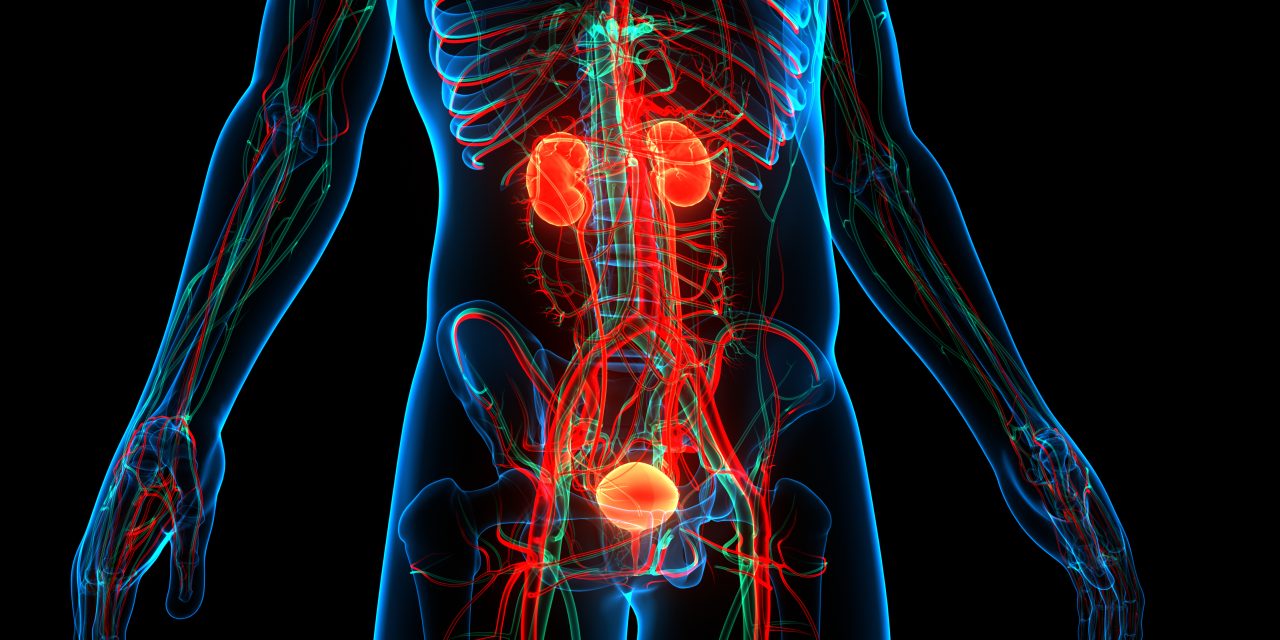To evaluate surgical outcomes stratified by posterior urethral obstruction (PUO) etiology in men undergoing definitive robotic posterior urethral reconstruction.
A retrospective, single surgeon, review of men undergoing robotic posterior urethral reconstruction between 2018 and 2020 was performed. Differences in complications, reconstructive success (no further intervention), and urinary continence by PUO etiology were assessed.
Robotic posterior urethral reconstruction was performed in 21 men. PUO etiology included BPH treatment in 5 (24%), prostatectomy in 10 (48%), radiation in 5 (24%), and trauma in 1 (5%). Median number of prior endoscopic treatments was 3 (BPH), 3 (prostatectomy), and 2 (radiation) with an average time between obstruction and reconstruction of 9, 12, and 15 months (p=0.52). Median length of stay after reconstruction was 2, 1, and 2 days (p=0.45). 30-day complications occurred in 0%, 20%, 40% (p =0.19). Post-reconstruction re-intervention was necessary in 0%, 10%, 80% (p =0.004). Ultimately, anatomic success was achieved in 100%, 90%, 80% (p=0.63), with functional success rates of 100%, 100%, 60% (p=0.035). Median postoperative pad/day usage was 0,0, 10.5 (p<0.001), and ultimately 0%, 30%, 80% (p=0.013) underwent artificial urinary sphincter placement.
Endoscopic treatment of posterior urethral obstruction (PUO) secondary to benign and malignant prostate conditions is associated with a high incidence of treatment failure. Robotic posterior urethral reconstruction is a safe and effective surgical solution for men with PUO in the absence of pelvic radiation. Men with pelvic radiation appear to be at increased risk of complications, PUO recurrence, and clinically significant stress urinary incontinence.
Copyright © 2021. Published by Elsevier Inc.
Robotic Urethral Reconstruction Outcomes in Men with Posterior Urethral Stenosis.


